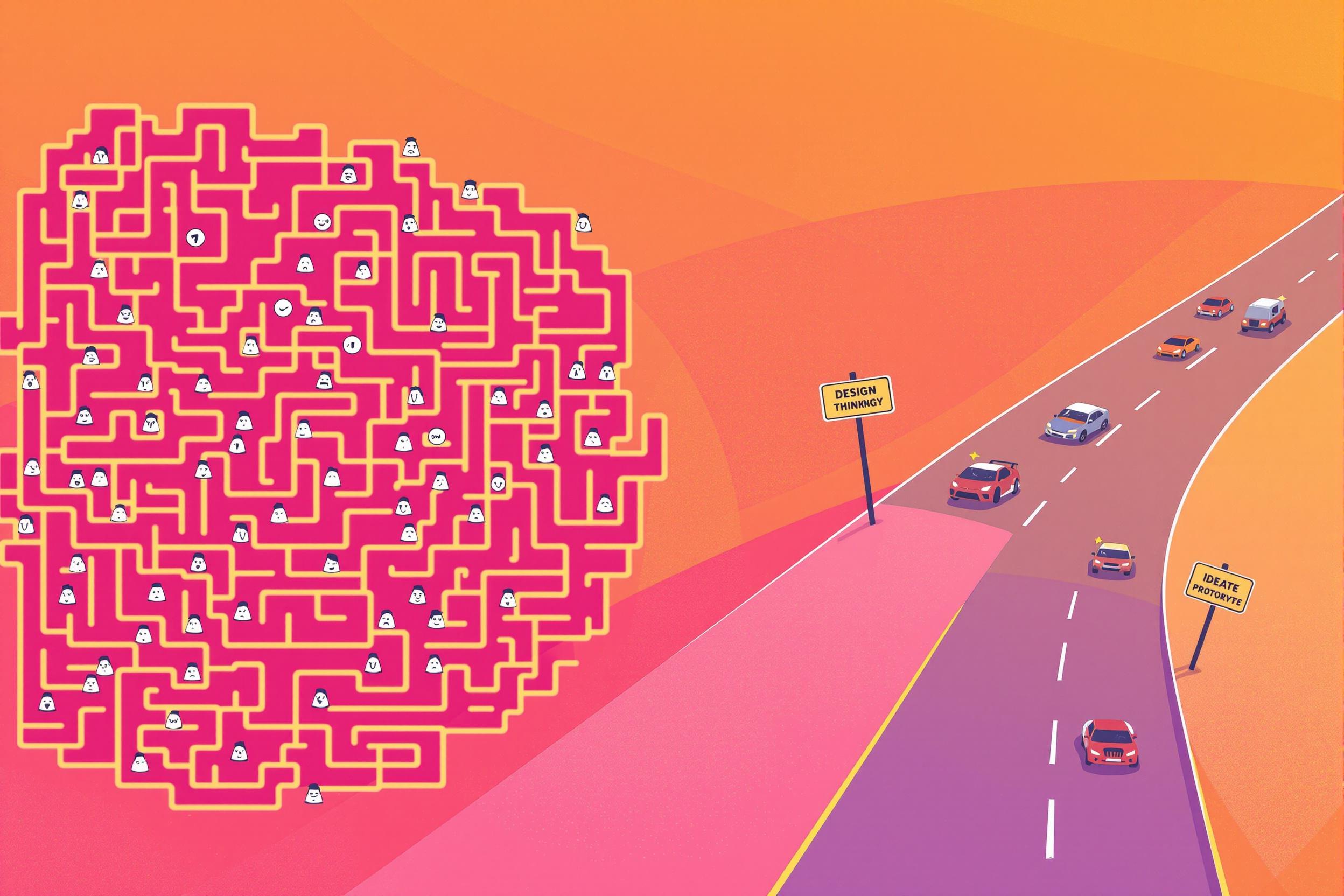
Heads
In distillery operations, "Heads" refers to the first liquid that comes out during the distillation process. It's also known as "foreshots" or "cuts." This portion contains volatile compounds that need to be separated from the main product for safety and quality reasons. Understanding how to properly identify and separate heads is a crucial skill in distilling, as it directly impacts the final product's quality and safety. This knowledge is especially important for distillers and production managers who oversee the distillation process.
Examples in Resumes
Managed separation of Heads, hearts, and tails during whiskey production
Trained junior distillers in proper identification and collection of Heads and other distillation cuts
Developed standard operating procedures for Heads removal in craft spirits production
Typical job title: "Distillers"
Also try searching for:
Where to Find Distillers
Professional Organizations
Job Boards
Online Communities
Example Interview Questions
Senior Level Questions
Q: How do you determine the optimal cut point between heads and hearts during distillation?
Expected Answer: A senior distiller should explain the importance of temperature monitoring, smell and taste assessment, and how production volume affects cut points. They should also mention documentation and consistency in procedures.
Q: What safety protocols do you implement when handling heads collection?
Expected Answer: Should discuss proper storage procedures, ventilation requirements, documentation methods, and training protocols for staff handling volatile compounds.
Mid Level Questions
Q: How do different raw materials affect the heads portion of distillation?
Expected Answer: Should be able to explain how various base ingredients (grain, fruit, etc.) create different compounds in the heads and how this affects separation decisions.
Q: What are the key indicators that you're transitioning from heads to hearts?
Expected Answer: Should describe physical signs, smell characteristics, and temperature ranges that indicate the transition point.
Junior Level Questions
Q: What are heads in distillation and why are they removed?
Expected Answer: Should explain that heads are the first portion of distillate containing harmful compounds that must be separated for product safety and quality.
Q: What basic safety precautions do you take when collecting heads?
Expected Answer: Should mention proper ventilation, protective equipment, and basic handling procedures for volatile substances.
Experience Level Indicators
Junior (0-2 years)
- Basic understanding of distillation process
- Knowledge of safety procedures
- Ability to identify heads under supervision
- Basic equipment operation
Mid (2-5 years)
- Independent management of distillation runs
- Precise identification of cut points
- Quality control procedures
- Process documentation
Senior (5+ years)
- Advanced process optimization
- Staff training and supervision
- Quality assurance program development
- Production scheduling and planning
Red Flags to Watch For
- Lack of basic safety knowledge
- Inability to explain the distillation process
- No hands-on experience with commercial distillation equipment
- Poor understanding of quality control procedures
Related Terms
Need more hiring wisdom? Check these out...

Why Your Hiring Process is a Maze (And How Design Thinking Can Turn It into a Superhighway)

Beyond Spreadsheets: Why Executive Dashboards in ATS Systems Are Your Secret Hiring Weapon

Cutting HR Costs Without Sacrificing Quality: A How-To for Savvy Executives

